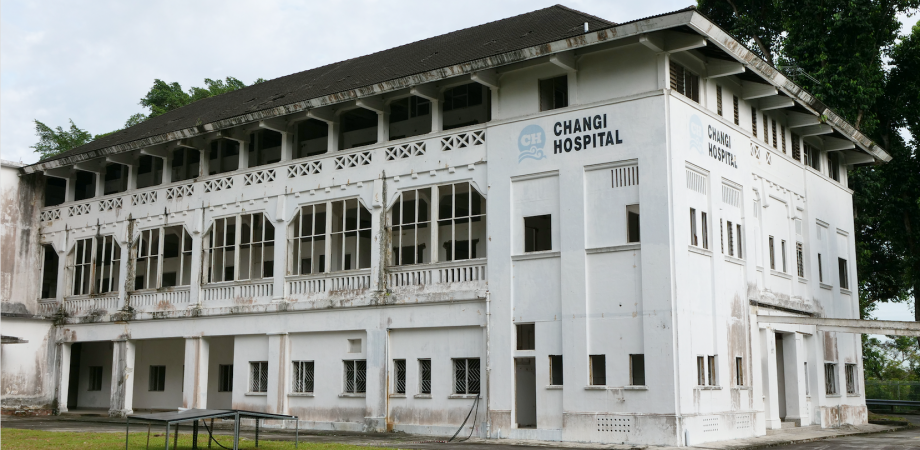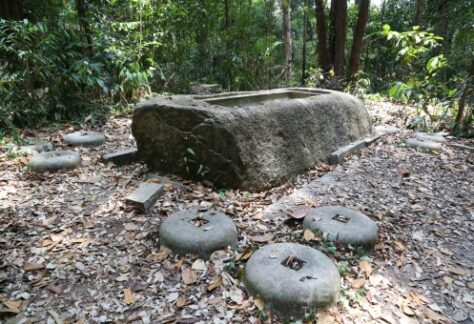From a rumoured torture chamber to sightings of the spirit of a nurse haunting the hallways, Old Changi Hospital gives the creeps like no other place in Singapore.
The history of Changi Hosptial dates back to the mid 1920s when the area surrounding today’s Changi Village was set up as a military compound for the British army.
To staff soldiers stationed in Changi, several barracks were built, including Selarang Barracks (now Selarang Camp), Roberts Barracks (now Changi Air Base West) and Kitchener Barracks (now Old Changi Hospital). Two gun forts, namely the Johore Battery and Tekong Besar Battery, were also built in the east of Singapore to defend the eastern entrance of the Straits of Johor.
Pre WWI: Kitchener Barracks
Built in 1935, Kitchener Barracks then has two blocks – Block 24 and 37 – to house the British Army’s Royal Engineers.
The two buildings are separated by a hill called the Barrack Hill (also known as FEAF, or Far East Air Force Hill).
Back then, block 37 operates a small medical centre to serve soldiers in the vicinity. This includes the Royal Engineers, the Royal Artillery and the Gordon Highlanders.
WWII: POW Camps
During the Battle of Singapore (8 Feb 1942 to 15 Feb 1942), the area of Changi was mostly abandoned as the Allied forces retreated inwards to defend the Singapore from Japanese troops invading from the North.
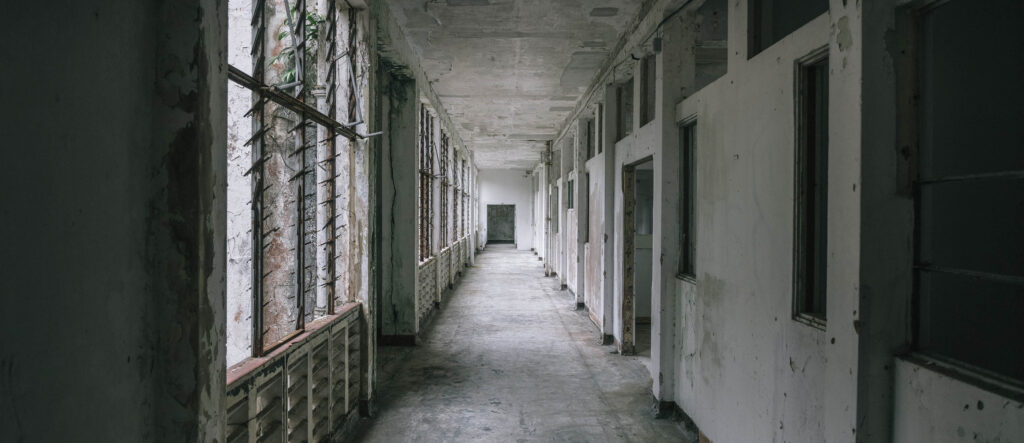
In spite of having multiple large guns and a sizeable allied force, the British failed to defend the ‘impregnable fortress’ from the rapidly advancing Japanese forces.
On 15 Feb 1942, citing low ammo and water supply, Lieutenant-General Arthur Ernest Percival surrendered to General Tomoyuki Yamashita of the Japanese Imperial Army.
After the fall of Singapore, the area of Changi became a major holding ground for military prisoners of war (POWs). In 1943, the POWs helped built an airfield for the Imperial Japanese Army Air Force. This airfield is now located in Changi Air Base West.
Many Allied POWs housed in Changi have described their experience as ‘paradise’ and ‘holiday camps’, a stark contrast to those sent to build the Thai-Burma Railway, or Death Railway. An estimated 1 in 4 POW sent to build the Death Railway did not survive.
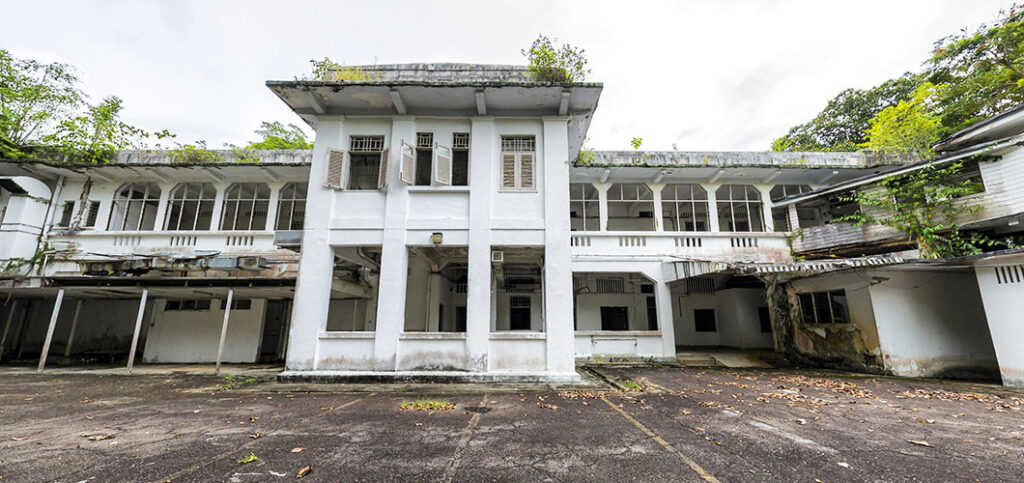
After the surrender of the Japanese and the return of Singapore to the British, Changi continued to serve as a military compound. The airfield previously occupied by the Japanese became RAF Changi in 1946. Ironically, Japanese POWs now under British captivity were sent to improve the runaways.

Post WWII: Changi Hospital
In 1947, block 24 and 37 at the Kitchener Barracks were converted to the Royal Air Force Hospital, or RAF Hospital.
In 1947, a third building – block 161 – was added at the top of Barrack hill to link up block 24 and 37; the two blocks were previously divided by the hilltop.
You may be interested in: The History Behind View Road Mental Hospital
After the proclamation of Singapore’s independence in 1965, the British forces began the withdrawal of its troops from the island. In 1971, the hospital was renamed as ANZUK Hospital to signify its service to ANZUK (Australia, New Zealand and United Kingdom) soldiers still stationed in Singapore.
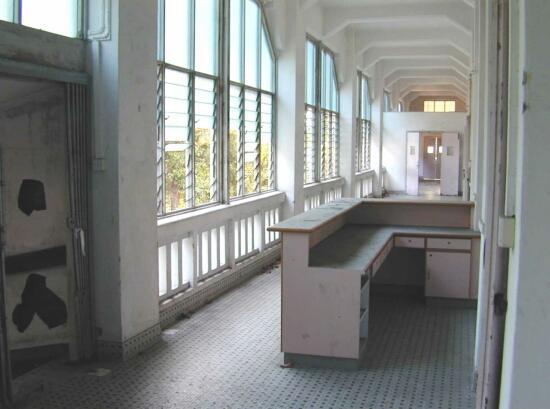
The ANZUK unit was soon disbanded in 1975 and the hospital renamed to UK Military Hospital. In December of the same year, operations of the hospital was handed over to the Singapore government; it was renamed to Singapore Armed Forces (SAF) Hospital.
A year later, SAF Hospital merged with the neighbouring Changi Chalet Hospital to form Changi Hospital. With the expansion, the hospital extended its medical services to the public at the same rates as other government hospitals across Singapore.
Current: Old Changi Hospital
The final change came in 1997 when Changi Hospital merged with Toa Payoh Hospital to form Changi General Hospital. With the establishment of a newer, larger hospital at Simei, Changi Hospital was no longer needed.
On 15 Dec, 1997, Changi Hospital ceased operations and was left abandoned, forming the now infamous Old Changi Hospital
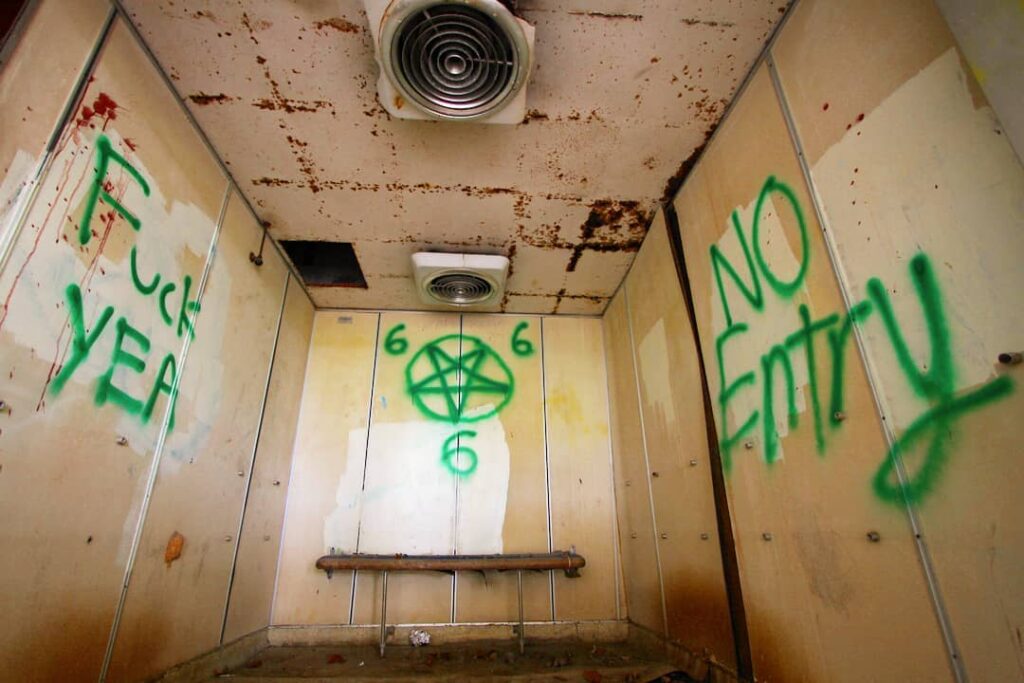
Since then, Old Changi Hospital have become a popular filming site. Films that have shot on the site include Growing Up, Incredible Tales and more notably, the 2010 horror movie Haunted Changi.
An attempt was made in 2006 to develop the site into a luxurious spa resort. However, the proposal was shelved presumably due to the 2008 Financial Crisis. With that, Old Changi Hospital was returned to the authorities in 2010.
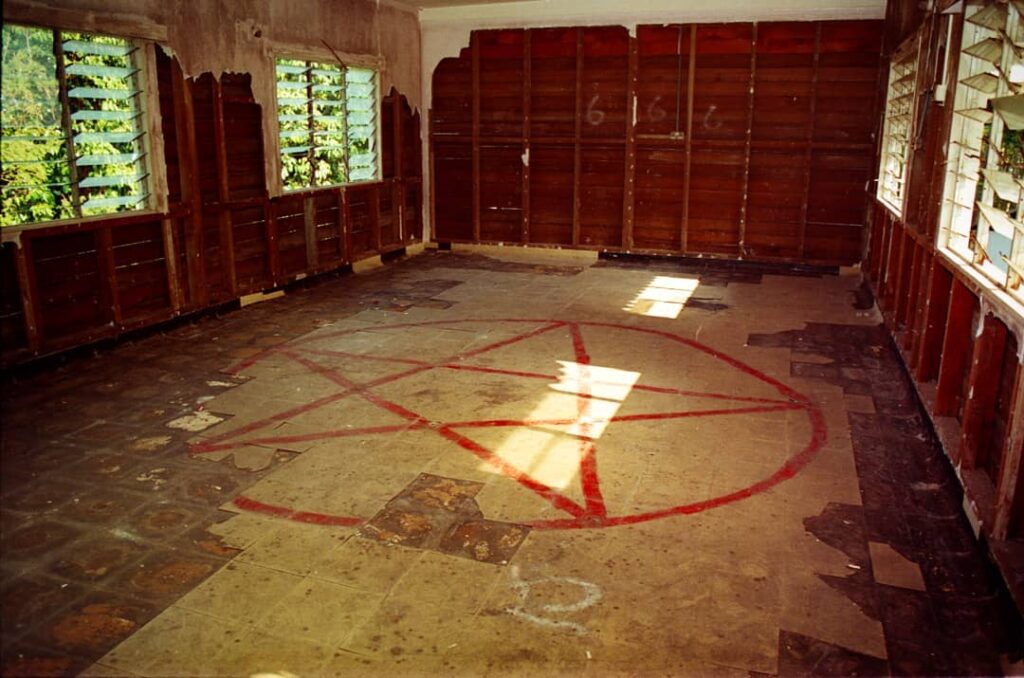
Today, the site is said to be haunted by POWs housed here during the Japanese Occupation as well as patients who have passed away in the hospital. Ghost hunters and explorers have reportedly seen shadow forms and heard screams when exploring the compound.
You may be interested in: The History Behind Haunted Pasir Ris Red House
WARNING:
Old Changi Hospital is fenced up and rigged with motion sensors. Do not enter without permission from the relevant authorities.

